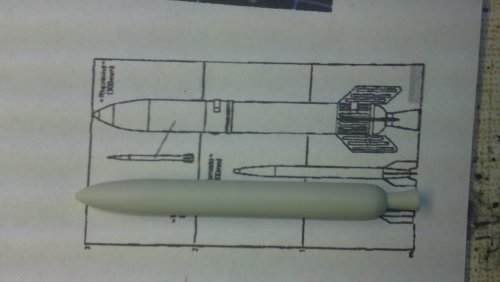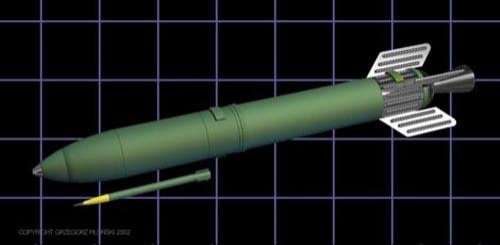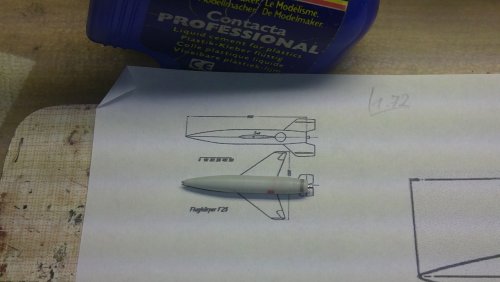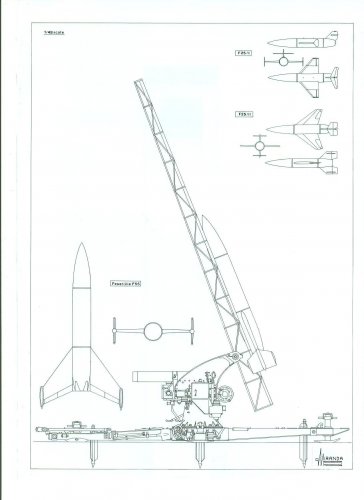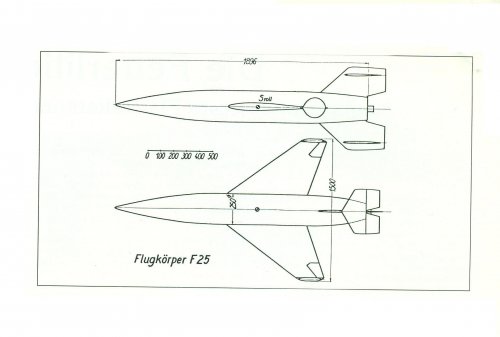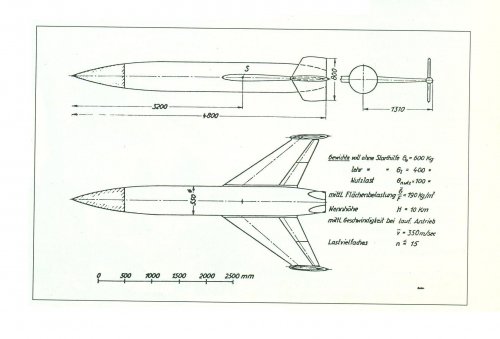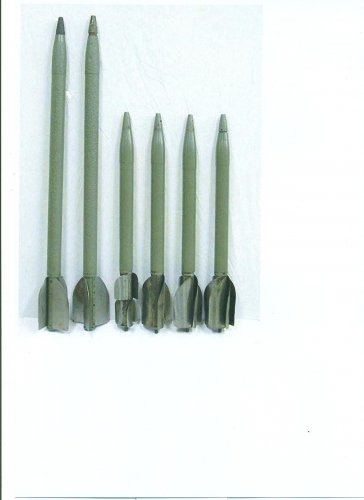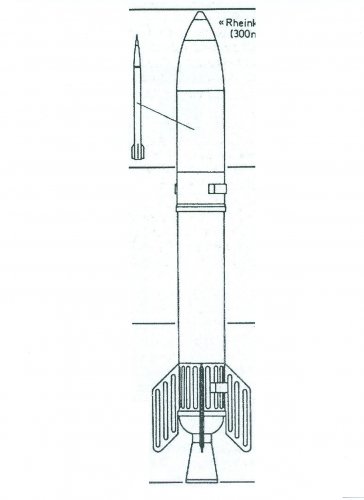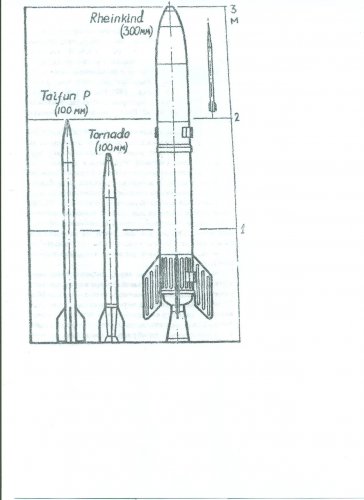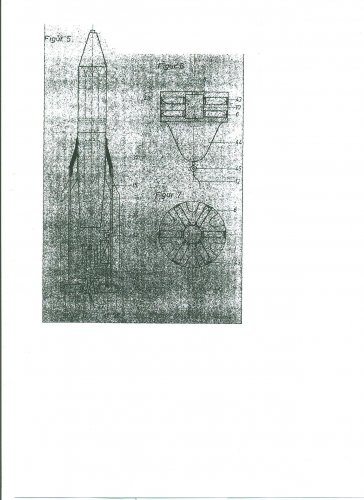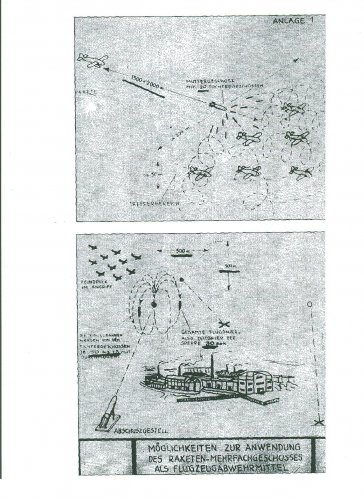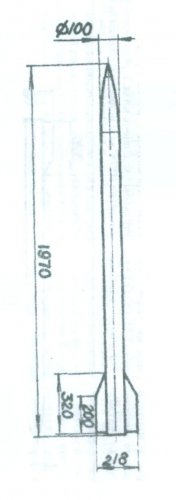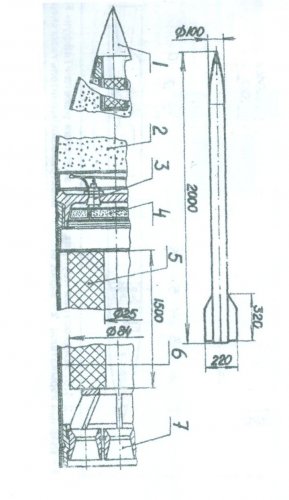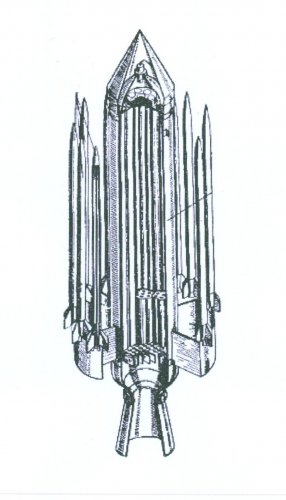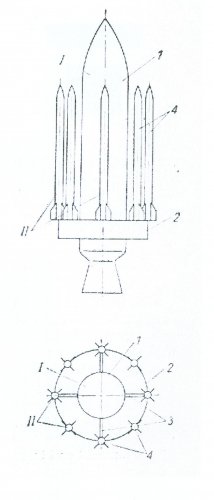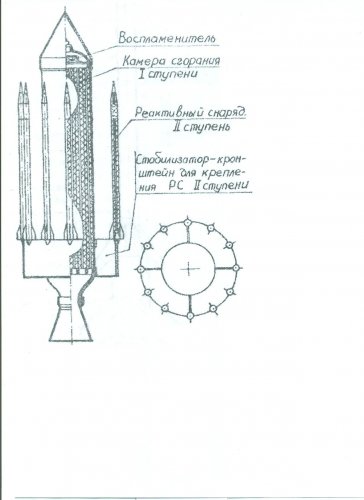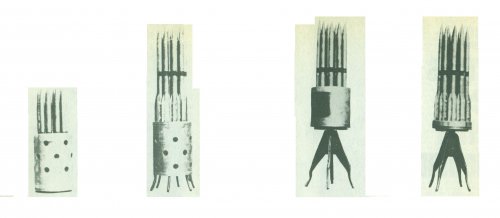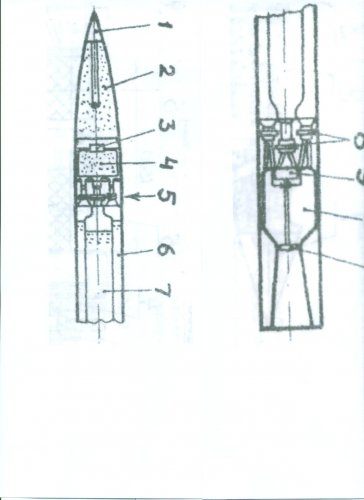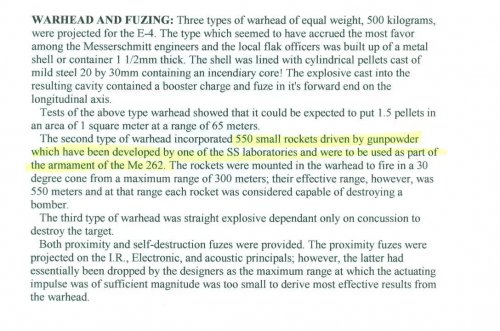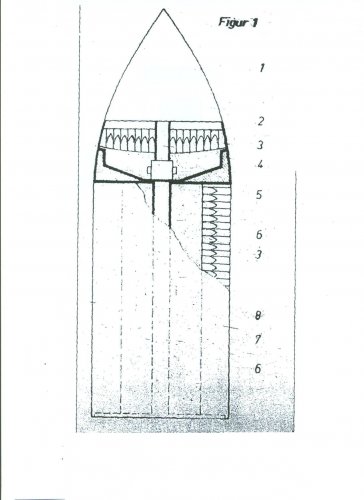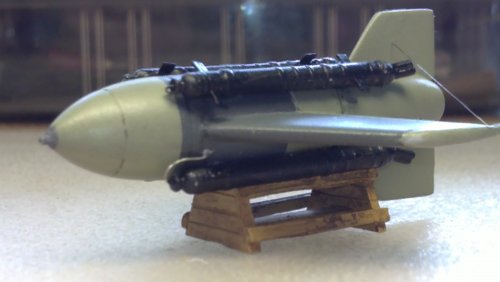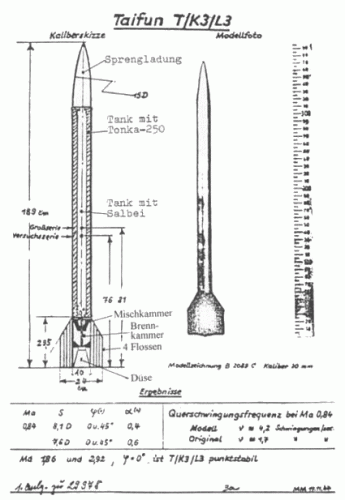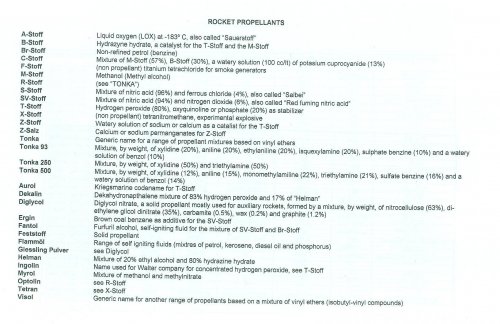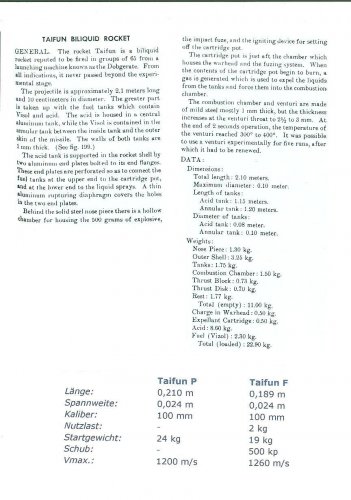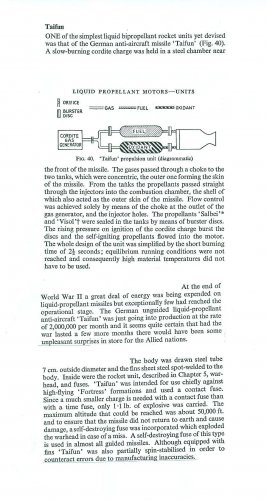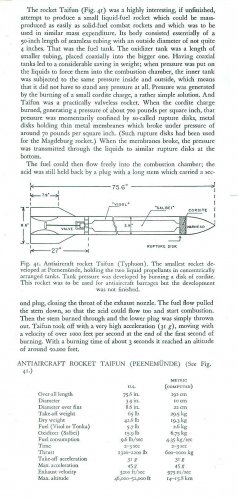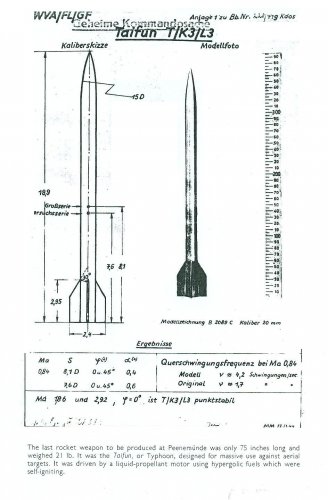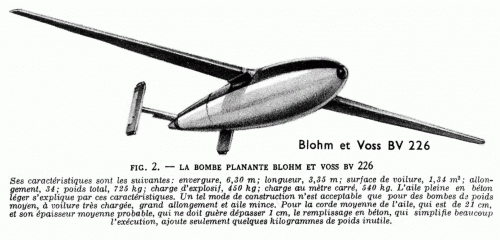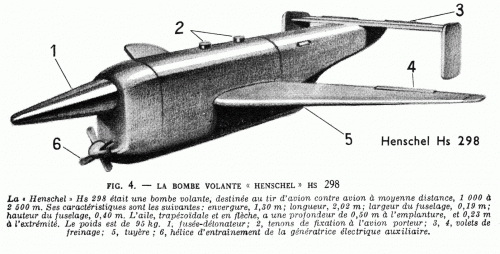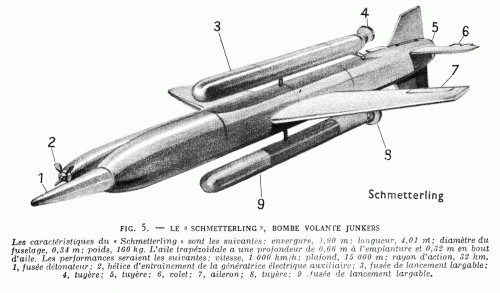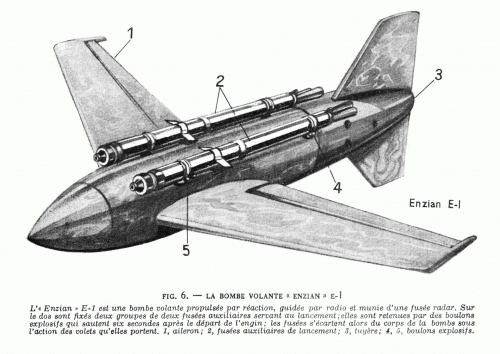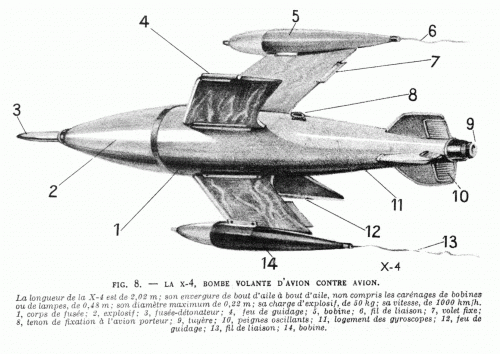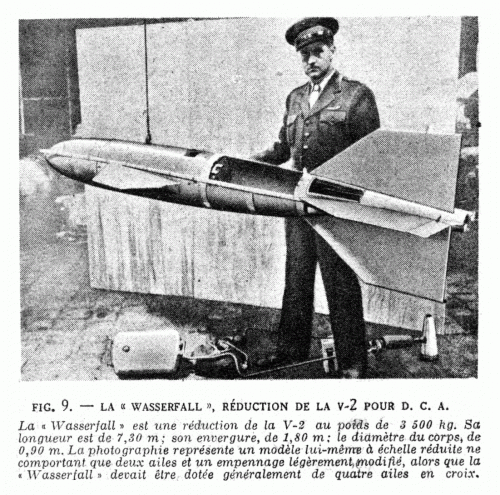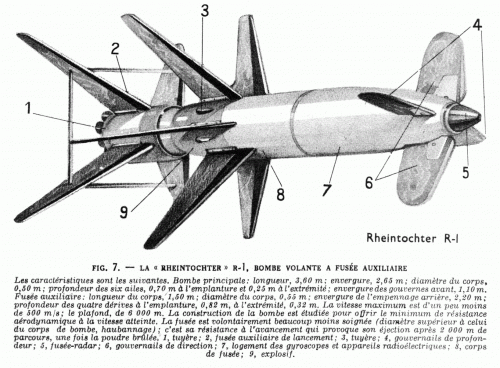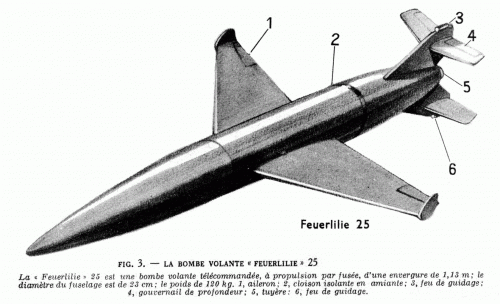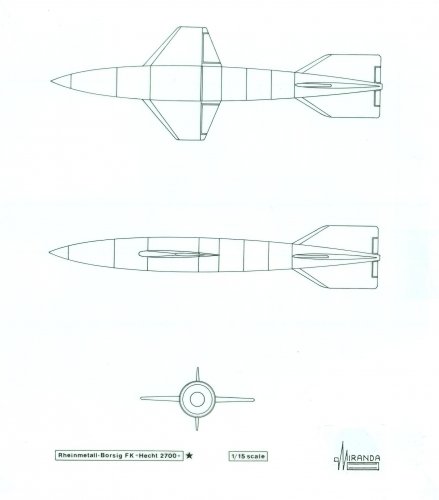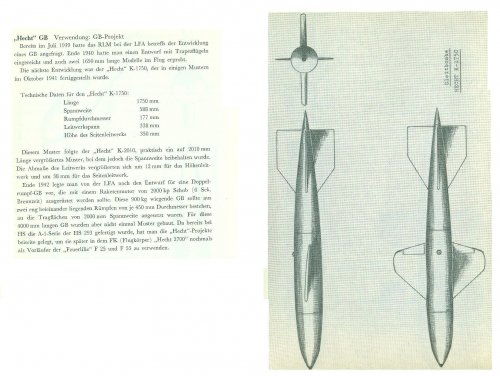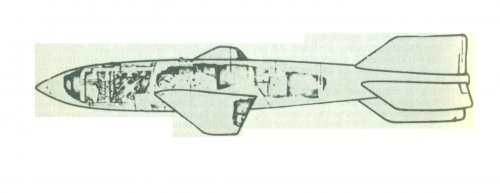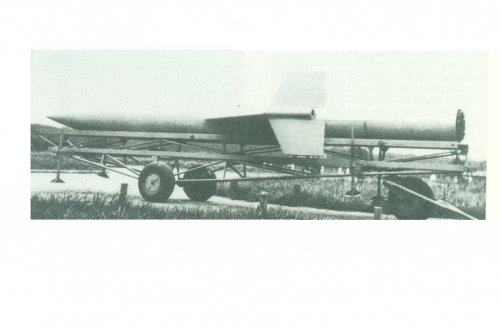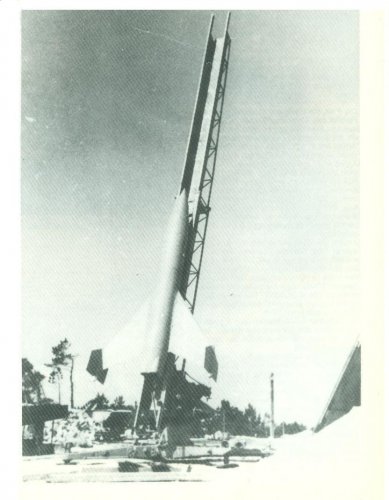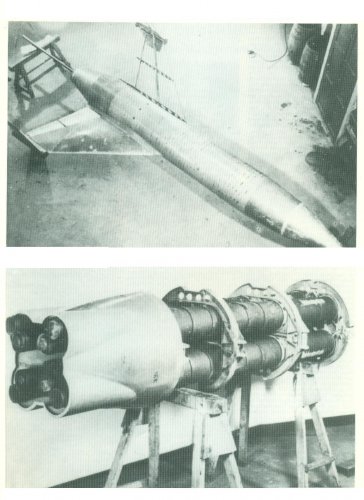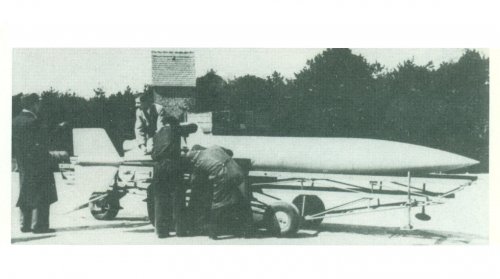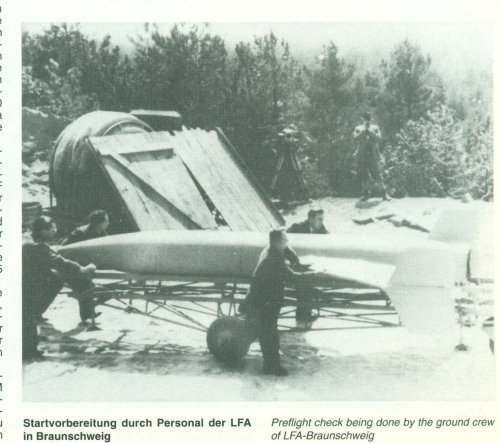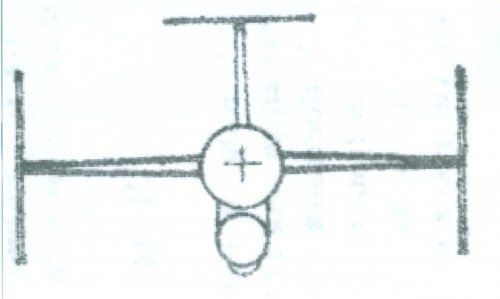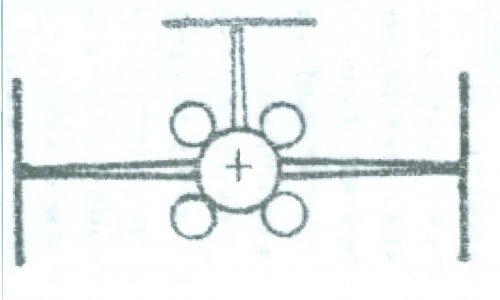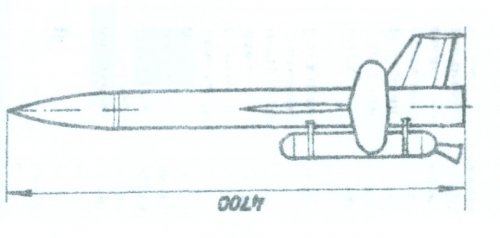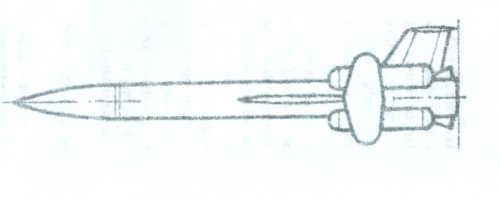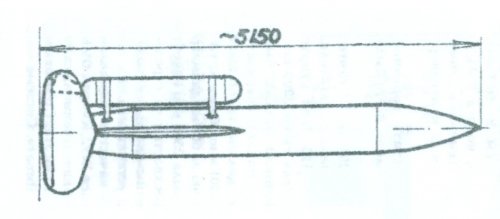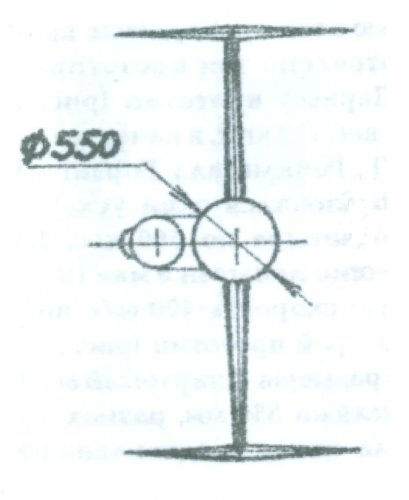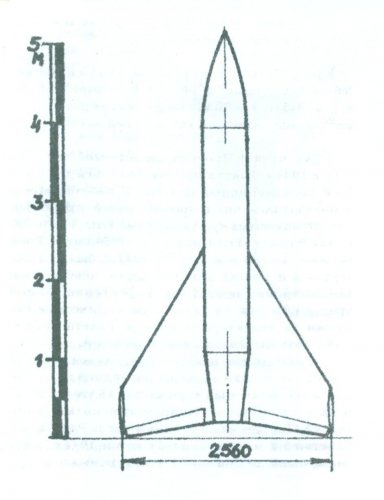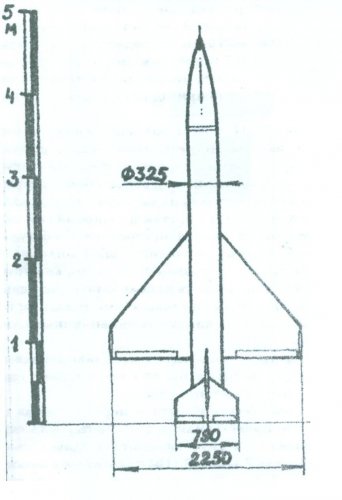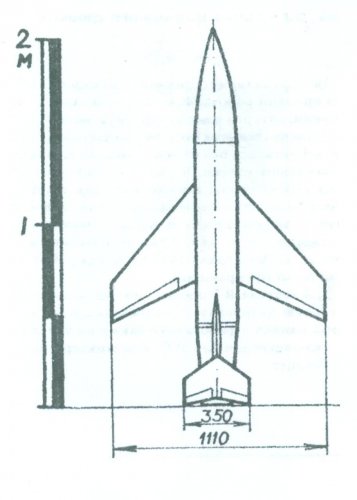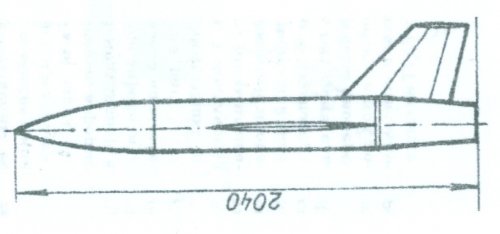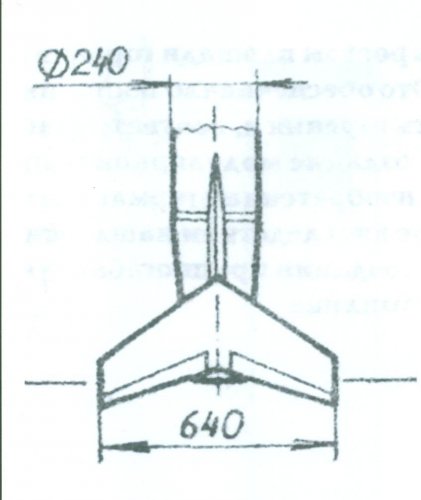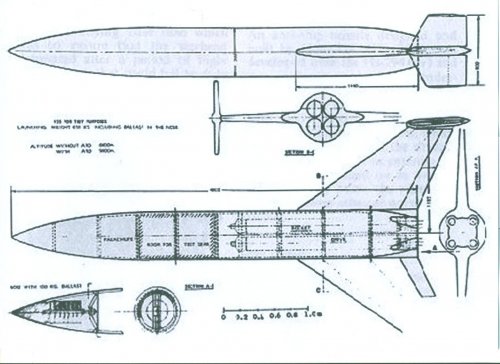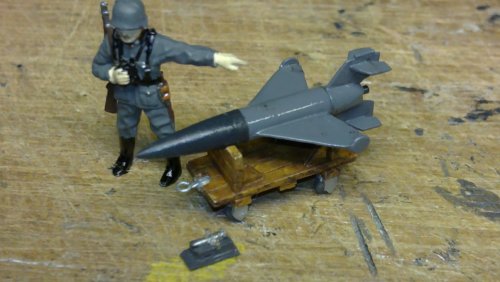Wasp
ACCESS: Restricted
- Joined
- 11 January 2010
- Messages
- 28
- Reaction score
- 12
Dear Members,
I'm looking for Information on the german AA Missile "Rheinkind"
I stumbled over it in Waffen-Arsenal Sonderband S-49 "Deutsche Fla-Raketen und ihre sowjetischen Kinder" (specialissue S-49 "German AA-Rockets and their soviet children") while originaly searching for information on the Rheinmetall F25 rocket, which I wanted to build as a 1:72 model (as I'm currently in a german WW2 rocket-frenzy .
.
It only contained a size comparison drawing with the EMW Taifun and Tornado (shown here with the started model, mainbody still void of all surface detail) showing that it was supposed to be about 3 meters long.
Further info I could obtain through the web.
The Rheinkind was developed as a small cluster AA rocket with a liquid-fuel rocketengine with a calibre of 300mm (another post said 310mm, probably acounting the raised surface detail?).
Shortly before reaching its destinated height up to 10.000m it would release a cluster of 12 smaller rockets (about the size of the R4M) and the rest of the rocket with its engine should glide back to earth with a parachute, so it would have been reusable with only the "warhead" to be replaced.
The only other picture I could find, was this cgi work.
Any information further info will be appreciated. Especially on those "ribs" on the fins and rear of the rocket.
Possibly cooling ribs of some kind? Or do they only look like ribs on the drawing but are recesses of some kind?
Any ideas?
Thanks!
I'm looking for Information on the german AA Missile "Rheinkind"
I stumbled over it in Waffen-Arsenal Sonderband S-49 "Deutsche Fla-Raketen und ihre sowjetischen Kinder" (specialissue S-49 "German AA-Rockets and their soviet children") while originaly searching for information on the Rheinmetall F25 rocket, which I wanted to build as a 1:72 model (as I'm currently in a german WW2 rocket-frenzy
It only contained a size comparison drawing with the EMW Taifun and Tornado (shown here with the started model, mainbody still void of all surface detail) showing that it was supposed to be about 3 meters long.
Further info I could obtain through the web.
The Rheinkind was developed as a small cluster AA rocket with a liquid-fuel rocketengine with a calibre of 300mm (another post said 310mm, probably acounting the raised surface detail?).
Shortly before reaching its destinated height up to 10.000m it would release a cluster of 12 smaller rockets (about the size of the R4M) and the rest of the rocket with its engine should glide back to earth with a parachute, so it would have been reusable with only the "warhead" to be replaced.
The only other picture I could find, was this cgi work.
Any information further info will be appreciated. Especially on those "ribs" on the fins and rear of the rocket.
Possibly cooling ribs of some kind? Or do they only look like ribs on the drawing but are recesses of some kind?
Any ideas?
Thanks!

